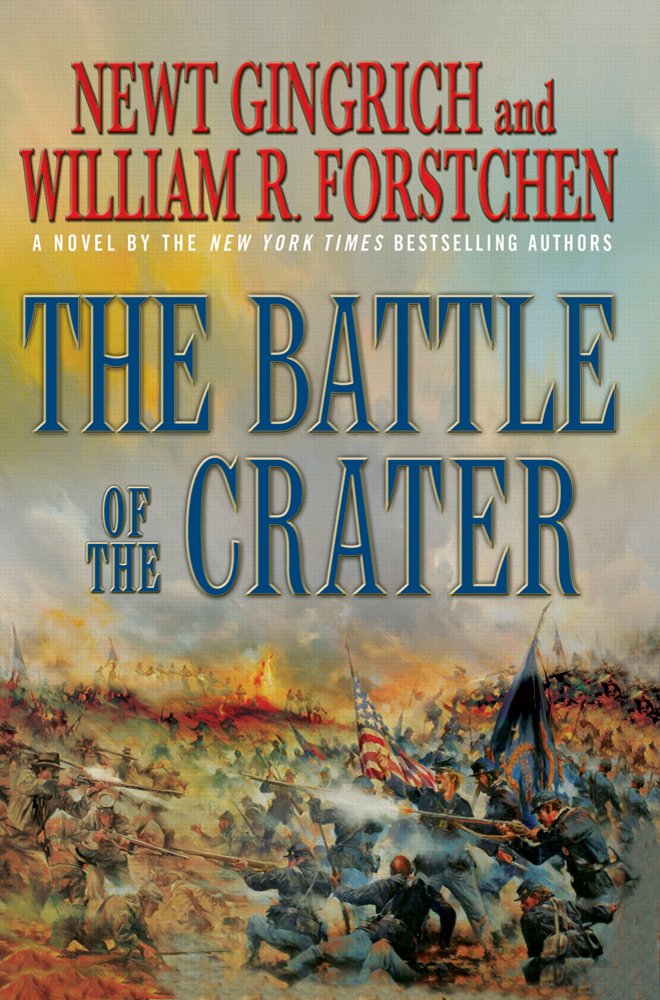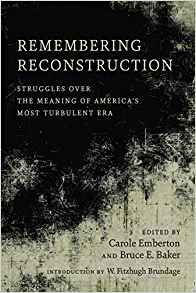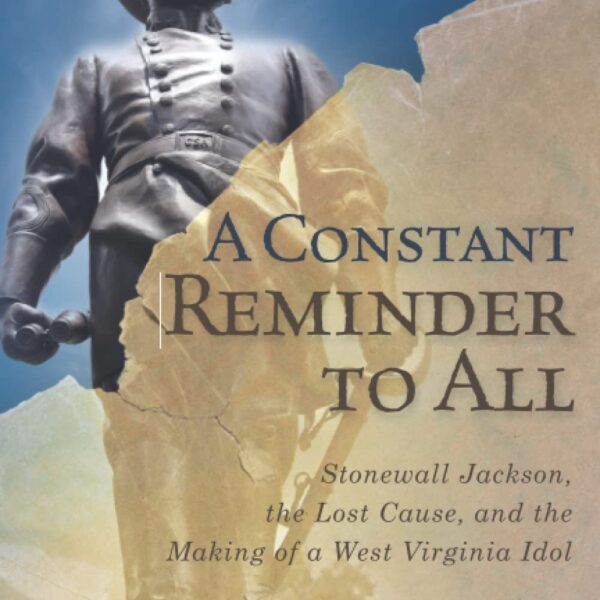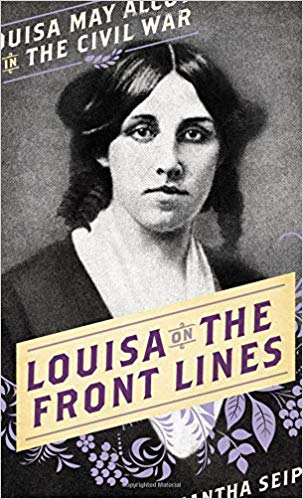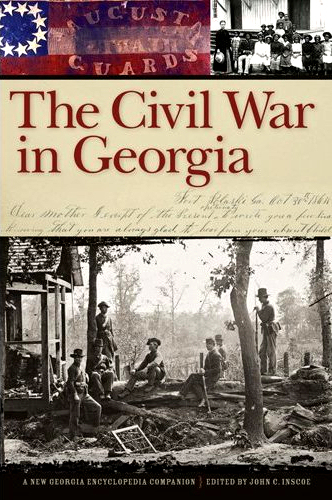In recent months, Republican presidential candidate Newt Gingrich has sprinkled the campaign trail with promotional events for the books he published last year, including the Civil War novel The Battle of the Crater. The former Speaker of the House avows that the book reflects not only his role as a historian (he holds a Ph.D. from Tulane), but also his status as a “a cultural teacher.” The novel, he told reporters, will convince the reading public that “there are things in American history worth knowing.” Of course, avid readers of historical fiction need not be reminded that American history matters. Politics and marketing aside, how does the new book stand up within the genre of Civil War fiction? And what vision of the war emerges from its pages?
The Battle of the Crater is the latest work co-authored by Gingrich and the historian William R. Forstchen, the pair responsible for, among others, the counter-factual novels Gettysburg (2003) and Grant Comes East (2004). With Crater, the duo largely steps away from alternate history in crafting a detailed narrative of the July 1864 battle outside of Petersburg, Virginia. Most noteworthy is the authors’ attention to the contributions and sacrifices made by African-American troops within the Fourth Division of the Ninth Corps of the Army of the Potomac. These men trained to lead the assault on July 30 before being relegated to a supporting role just hours before Union miners blew a vast hole in the Confederate lines. When commanders finally sent them forward to expand the breach, the USCT fought with determination, expecting neither to give nor receive quarter. The units enjoyed early success, capturing trenches and some southern prisoners before a counterattack drove them back into the huge crater left by the explosion. Ultimately overpowered and flanked by enemy fire, some of the black soldiers who attempted to surrender were killed by Rebels who refused to acknowledge their status as legitimate combatants. A few even died at the hands of white Yankees who feared the triumphant Confederates would murder whites and blacks indiscriminately. Though often cast as the scapegoat for Union failure during the battle, the USCT had fought with as much resolve and initial success as any Federal units on the field.
Gingrich and Forstchen should be commended for telling the story of these African-American volunteers. The figure of the black soldier rarely appears in the pages of Civil War fiction, and Forstchen appears uniquely qualified to take up the job. In the Acknowledgments section that begins the book, we learn that he has researched USCT troops, especially the 28th regiment recruited out of Indiana, since his days as a graduate student in the early 1990s. In 2001, he published a young adult novel on the 28th, foreshadowing the present Crater. He and Gingrich declare that the subject is “close to the heart for both of us,” and their admiration for the real-life Major Garland White, an escaped slave turned recruiter and sergeant major of the 28th, shines through the entire narrative. The authors’ version of White is an upright, religious, and thoroughly admirable man who represents the moral center of the novel.
Unfortunately, Gingrich and Forstchen follow the same path so often taken in mainstream fiction and films devoted to African-American communities: they invent a white protagonist to guide the narrative. That character is James Reilly, a war correspondent and illustrator for Harper’s Weekly who just happens to have once earned a living by cleaning the law offices of Abraham Lincoln. Now serving as President Lincoln’s eyes and ears at the front, Reilly befriends Garland White and comes to admire the black troops for whom the war represents the promise of true manhood, freedom, and citizenship. Reilly is an opaque, bland, and largely uninteresting character. And his role in the book, moving back and forth from the front to the White House, grows increasingly tedious. I would argue that Reilly should have been left out of the novel entirely. Granted, this omission would reduce the number of scenes in which a white man and a black man regard each other with mutual respect, but those moments feel too forced and frequent as it now stands. In particular, a late scene in which White refers to Reilly as his spiritual “brother” will strike many readers as sentimental in the extreme. Such exchanges could have been sacrificed for more details about the lives and motivations of the freedmen and escaped slaves who volunteered to fight for the North. Forstchen’s research no doubt led him to know many of those men, or at least enough about them to create believable characters. But for whatever reason, the authors are content to give us only Garland White, with the other black soldiers mostly filling out the background.
As for the Battle of the Crater itself, Gingrich and Forstchen describe the combat in vivid detail, ensuring that readers will contemplate any battlefield heroics alongside its horrors: ghastly wounds, bloated corpses, unbearable heat, and the stench of sweat and death. The authors also do an admirable job of describing the bureaucratic nightmares involved in the planning and execution of a battle plan that depended on secrecy, unit coordination, precise timing, and the detonation of four tons of powder buried beneath enemy lines. Gingrich and Forstchen are probably at their best when describing the jealousy, grudges, and backbiting that plagued the high command of the Army of the Potomac, factors that could endanger if not doom Federal infantrymen at the front, both black and white.
Ultimately, The Battle of the Crater is best read not as a novel about the eponymous battle but as a celebration of the African-American soldiers who served in the Union armies. The authors fall short of portraying those men as three-dimensional characters with a full range of virtues, flaws, and aspirations. And certainly the novel never seizes on the rich metaphorical possibilities present in a narrative about race, underground passageways, manmade obstacles, and an unfathomably large explosion. But Gingrich and Forstchen have nonetheless published a book that can be admired for its refusal to distance the Civil War battlefield from the subjects of race, freedom, and human dignity. In a genre that too often conceals the causes and consequences of America’s most awful struggle, Crater should be considered a welcome addition, if not a literary achievement. Gingrich plans to step up the promotion of the novel during February, Black History Month, and sales may rise and fall with the fortunes of his presidential campaign. Regardless of one’s political leanings, however, one can hope that Gingrich’s place in the spotlight will help draw more attention to Civil War history and literature—and to the essential role that race played both inside and outside of the Petersburg crater.
Craig A. Warren is an Associate Professor of English at Penn State Erie, The Behrend College, and the author of Scars to Prove It: The Civil War Soldier and American Fiction.
